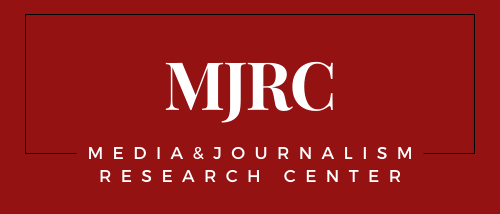The policy framework governing media fails almost everywhere to accommodate the changes that internet and new technologies have brought about. Much of today’s media olicy architecture, which was originally built to provide rules for last century’s media industries, primarily broadcasting, is now antiquated. Regulation is at least 10 years behind technology, which, some experts opine, is the widest gap in the modern history of media policy.
In more advanced economies, where regulators are better equipped to face the rapid changes in technology, new rules and regulation to govern internet media are being woven in the old regulatory cloth. In less advanced markets, regulation is usually reactive to emerging challenges and events. Rules are concocted on the go, depending on how governments decide to respond to what they perceive as threats to their “media order”.
Take the fake news hysteria that, in the past two years, has gripped political debates across the world, giving carte blanche to governments to take control of internet content, an issue internet freedom activists have fought for tooth and nail during the past decade. As governments are increasingly meddling with content regulation under the misinformation-fighting pretense and wads of dubious studies feed into the fake news hubbub, sharing online content is gradually corseted by a web of penalties and limitations.
Today’s media policy is a hotchpotch of rules covering a clutter of players and industries. Some of these players are more affected, others easily find loopholes to avoid regulations. Some of the new rules affect independent journalism more than ever before. Others contradict each other. A number of important areas are not covered at all, although they should be.
But more worrying than the poorly designed, inexistent or obsolete rules and regulations is the widening gap between regulation and society, or what our director Marius Dragomir identified as the “policy disconnect”:
There is a widening disconnect between regulatory authorities, political bodies and society. Policy priorities are increasingly decoupled from the real problems that affect media and internet freedom, and independent journalism in particular.
To such an enormous challenge, our modest response as a research center affiliated with a school of public policy is a sustained effort to reframe the debates on issues relevant to media and journalism and to bring policy closer to those affected by it. Created by a group of leading policy experts and researchers led by our Director Marius Dragomir, the Media Policy Hub is taking on this role.
On a strategic level, the Hub’s mission is to use research, carried out by our center and its partners, to initiate solution-driven debates between policymakers, academics and industry players. Its goal is to give civil society and journalists a more meaningful role in these debates.
A trend-checking expert group, the Media Policy Hub is taking a particular interest in researching and creating new methods to tackle the buildup of state and media capture models, especially in illiberal democracies. What distinguishes the Hub from other policy groups is its systemic approach (as opposed to the usual, compartmentalized approach) in tackling the policy disconnect between Central and Eastern Europe and Western Europe.
Special, though not exclusive, attention will be given to the following areas on our center’s Research Agenda:
- Government space, with a focus on changes in the policy and regulatory environment affecting news media in a given country, including newly emerged platforms and providers of news content (for example: analysis of the largest and most influential companies in the media industry in their relation with the regulatory powers)
- Funding, with a focus on the key funding sources of journalism, particularly public funding, and the impact that new financial arrangements in the media have on journalism (for example: changes in the funding models of a selected number of leading or influential news media outlets, focusing on key recipients of public funding)
- Technology, public sphere and journalism, with a focus on the role technology companies, and new forms of content production and distribution, including automation and algorithm-based content distribution, play in reshaping news media and journalism (for example: assessing the impact of technology companies, both global giants and local players, on locally produced journalistic content).
The Media Policy Hub supports our center in designing research and advocacy projects. The Hub offers expert feedback to research and studies produced by the center and is the center’s main point of contact with policymakers, in charge of drafting policy papers and contributions to policy consultations.
Support independent media research – your donation helps keep our work open.
Donate